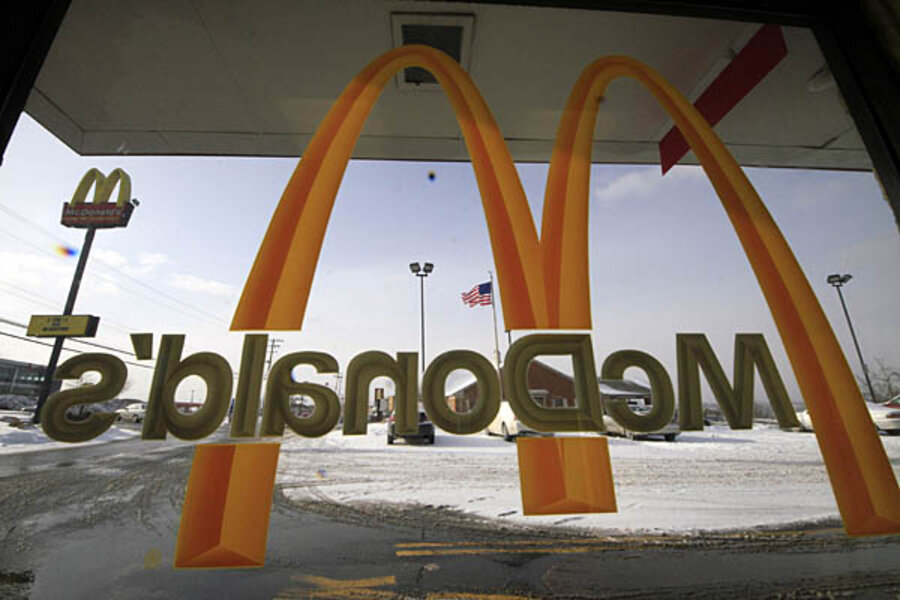McDonald's customers lured away by the smaller guys
Loading...
Full-year data from The NPD Group survey reveal that customer traffic at fast-casual restaurants increased 8% in 2013 (12 months ending November). Meanwhile, the total restaurant industry and the quick-service (QSR) sector were both shut out with 0% gains. QSRs had been up 1% through September but had a bad Q4 as McDonald’s and others have reported. Full-service, casual dining and midscale/family restaurants haven’t experienced positive growth in customer traffic for several years.
Rubbing it in, fast-casual restaurants saw a 10% increase in customer spending while the restaurant industry overall could muster just a 2% gain. Fast-casual checks averaged $7.30 in 2013 while spending at QSRs averaged $5.30, according to NPD’s CREST research. NPD tells BurgerBusiness.com that the average QSR burger check was $5.06 in 2013 (up from $4.95 a year earlier). Those compare with an average check at full-service restaurants of $13.66, why helps explain why many full-service concepts are struggling or reducing prices.
“Overall, restaurant customers are trading down, foregoing some of their visits to full service places while increasing the number of visits made to fast casual restaurants,” says NPD restaurant analyst Bonnie Riggs. “Fast-casual concepts are capturing market traffic share by meeting consumers’ expectations, while midscale and casual dining places continue to lose share.
The number of fast-casual chain units increased 6% in 2013 to 16,215, NPD reports.
The burger category continues to see a shift of customer traffic away from quick-service to fast-casual burger bars and chains such as Smashburger, Elevation Burger, BurgerFi, Burger 21 and many others. Last month, McDonald’s Corp. CEO Don Thompson acknowledged that some higher-income customers are leaving QSRs for fast-casual alternatives. “If we look in the U.S. particularly, one of the things that we see today is a bit of a bifurcation on a consumer base,” Thompson said in a conference call with analysts. “So some of the fast casuals are performing a bit better and customers are skewing that way a little bit more as a result of a bit more discretionary income and that economic class of individuals.”
In 2013, Technomic reported that more than half of consumers (51%) said they consume a burger from a fast-casual restaurant once a month or more. That was up from 43% in 2011.
NPD previously forecast brighter results for the industry this year, predicting a 1% rise in visits and spending gain of 3% by the end of next year. The QSR categories of gourmet coffee and doughnut, as well as the fast-casual category are forecast to do best this year.








